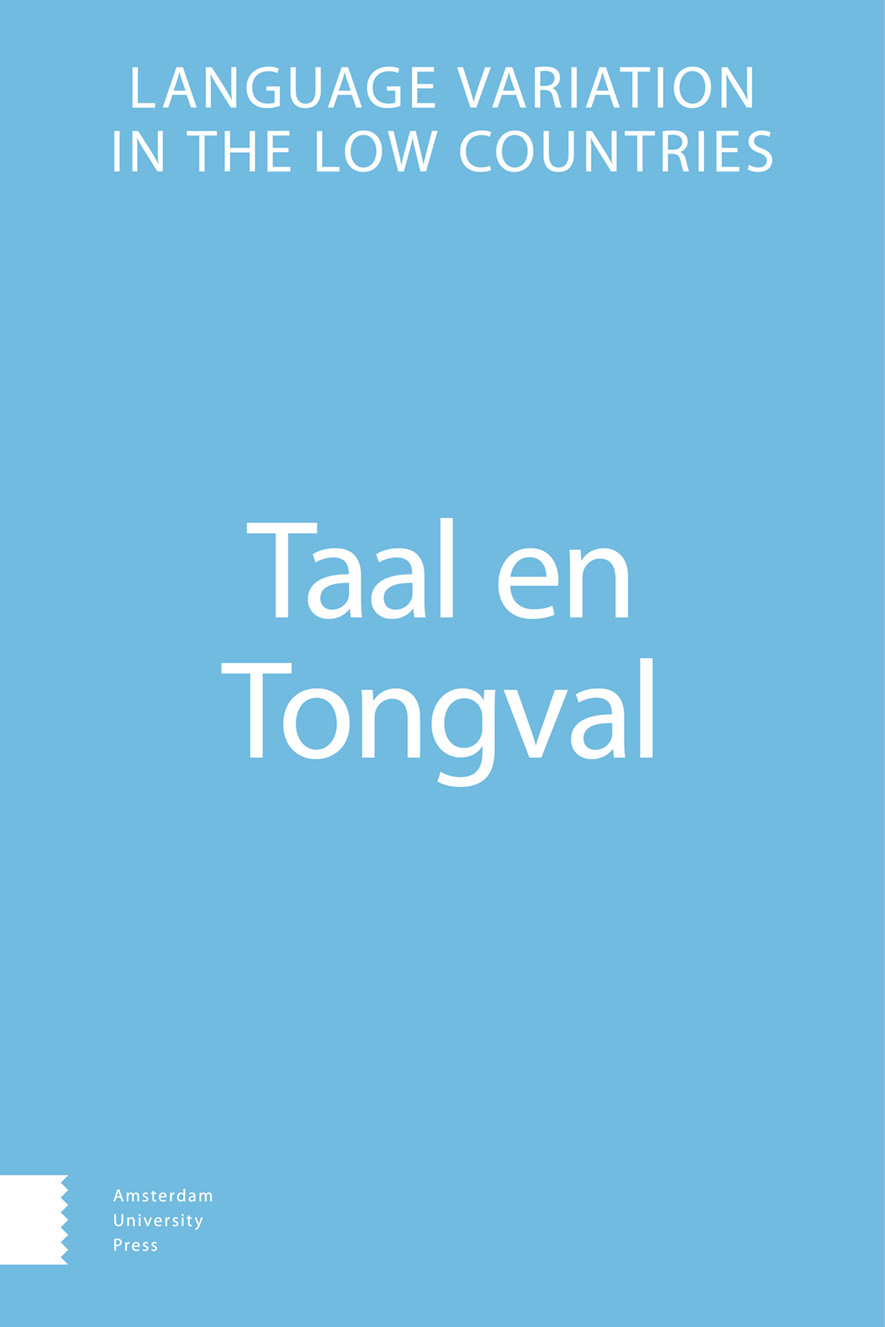- Home
- A-Z Publications
- Taal en Tongval
- Previous Issues
- Volume 70, Issue 2, 2018
Taal en Tongval - Volume 70, Issue 2, 2018
Volume 70, Issue 2, 2018
Language:
English
-
-
Processen van place-making door talige praktijken in Tilburg, Heerlen en Genk
More LessAuthors: Leonie Cornips, Stefania Marzo & Jos SwanenbergSamenvatting In dit artikel tonen we aan de hand van kwalitatieve data aan hoe talige praktijken met sprekers en artiesten uit drie steden in de periferie van Nederland en België, namelijk Tilburg, Heerlen en Genk een lokale identiteit construeren en reproduceren en hoe op die manier het besef van lokale eigenheid tot stand komt. We laten zien dat in deze drie steden artiesten en sprekers aan de hand van geënsceneerde Read More
-
-
-
Variation in a tense/lax vowel pair in Dutch youngsters with different ethnic backgrounds
More LessAuthors: Linda van Meel, Frans Hinskens & Roeland van HoutAbstract How do young bilingual speakers of current Turkish and Moroccan ethnolects of Dutch deal with phoneme contrasts that do not exist in their heritage languages and that are at the same time subject to regional and social variation in the Dutch speech community at large, such as that between Dutch phonemes /a:/ and /α/? Data from speakers from the Amsterdam and Nijmegen urban areas were analyzed and co Read More
-
-
-
A mixed-method approach to the use of Colloquial Belgian Dutch in intralingual subtitling on Flemish television
More LessAuthors: Lynn Prieels & Gert De SutterAbstract This paper addresses the question to what extent Flemish subtitlers reproduce Belgian-Dutch colloquialisms of the spoken source text in the subtitles. Next to the official Belgian Standard Dutch language, Colloquial Belgian Dutch or tussentaal is frequently spoken on Flemish television. In this context, it is particularly interesting to investigate whether the subtitlers copy those spoken colloquialisms to the subtitles or whet Read More
-
Volumes & issues
Most Read This Month
Article
content/journals/00398691
Journal
10
5
false
en


